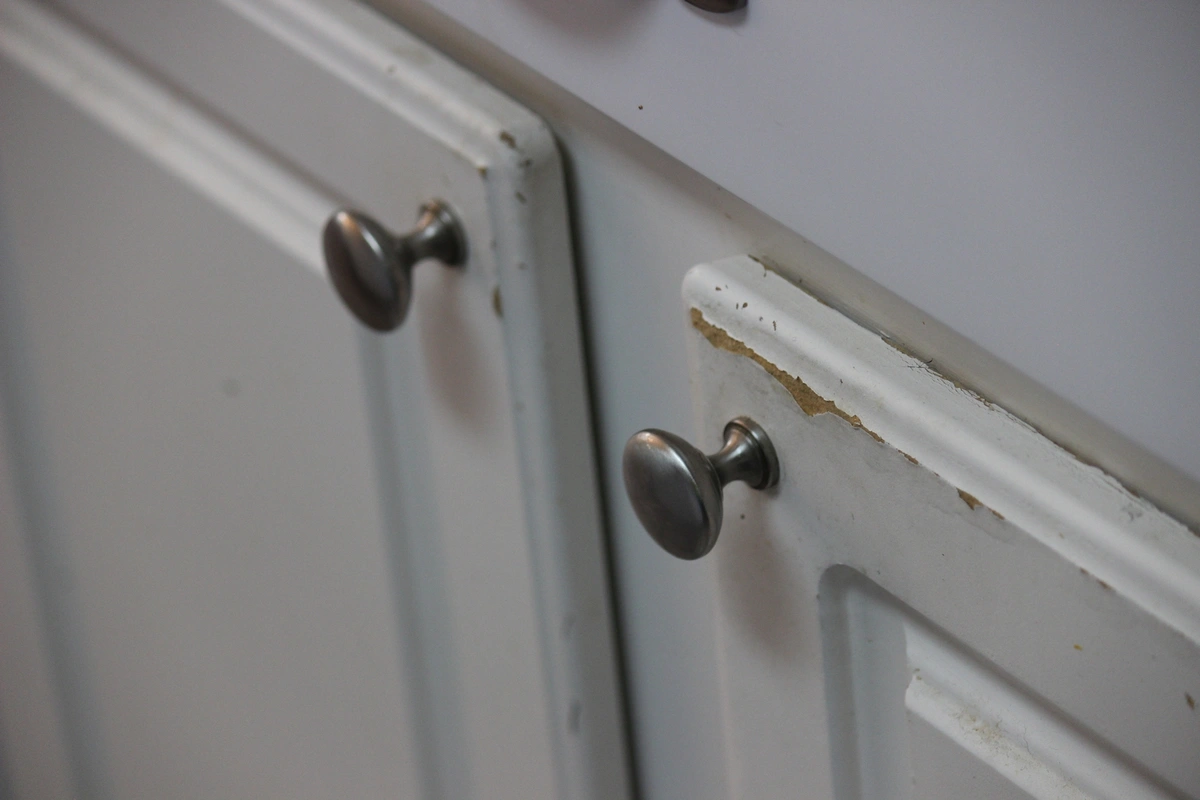Landlord-tenant residential lease agreements are the basic consensus to provide clear communication and residency peace of mind for starting the landlord and tenant relationship on the right foot.
Rental agreements can be a written document or an oral lease agreement. However, the lack of a written document may cause issues if disagreements arise. A written and signed lease agreement is safer, more transparent, and can be referenced easily.
The lease agreement frames and describes both the landlords' and tenants' requirements and accountability regarding the occupancy of a property, the lengths of the lease, rent specifications, and upkeep responsibilities.
What types of rental leases are there?
To clarify, leasing agreements are usually for terms longer than a year rather than renting, implying short-term or month-to-month commitments.
There are several types of lease agreements to designed to accommodate both the tenants and the landlords:
- Net lease vs. gross lease - A gross lease, the most common, has a predetermined rent coverage in which the landlord maintains the property. A net lease has a set rent amount covering the occupancy but may not include maintenance work and even property taxes or insurance.
- Fixed-term lease - The most conventional lease type is a fixed-term lease where the occupancy duration is fixed and agreed upon in advance and cannot be changed or broken early without penalty.
- Month-to-month leases - These are lease agreements with the option to stop the lease each month but either the tenant or the landlord. The landlord also can increase the rent at any time with proper notice.
- Join leases - When roommates are committed to one lease, both are responsible financially for rent.
- Subleases - When the renter leases their unit to a third party with the landlord's permission.
What needs to be in a lease agreement?
Lease agreements may be different in length, tone, and coverage details. However, they should include specific details defining who and the division of responsibilities between tenant and landlord.
- Property description and location: Street name and house number, apartment number, and postal address - city, state, and postal code. It can also include the number of bedrooms, bathrooms, parking spots, and storage units.
- Tenants and occupants' names: All adults living in the rental property should read and sign the lease. This holds all adult occupants responsible for the lease's terms and rental payment. An occupancy clause may be added that if adult guests stay longer than a certain amount of days without a landlord's permission, all residents can be evicted.
- Rights and rules: Include all regulations that may, if violated, cause a tenant to be evicted or fined. These usually address illegal activities, prohibiting rowdy behavior, drug-related activities, noise, restricting smoking, and addressing ownership or housing of pets and their handling in the property or around its premises.
- Rent, security deposits, and fees: The details of the rent amount, form of payment, and timing are crucial—these need to be as clear and specific as possible, complying with the state on paying rent. To further clarify this process, it's acceptable to define acceptable methods of payment, late fees, grace periods, and charges if checks bounce. When addressing the topic of the security deposit, state the amount, how the landlord can use it, and how it cannot and will not be used. Also, when should the security deposit be returned at the end of the lease, and whether or not it will accrue interest.
- Utilities and services: Clear explanations of:
- Repairs and maintenance policies.
- Responsibility for the premises' cleanliness, sanitation, and or excluding normal wear and tear.
- Procedure details of complaints, repair requests, and tenant alterations to the property.
- Responsibility of utilities and services provided or excluded, such as electricity, gas, heat, water and sewer services, trash removal, snow removal, landscaping, phone, cable, and internet services.
- Landlord disclosures and rights: Complying with federal and state laws, landlords must disclose detailed property information on the lease agreement. This can include the property's history and the landlord's right to access the property in case of emergency or advance notice.
Lease agreement template
If you’re not up for writing your own lease agreement, you can download our lease agreement template free of charge. We’ve covered everything that should be included in a lease agreement, but please make sure to check and amend according to your local regulations on both city and state level.
Are there specific state laws and regulations for lease agreements?
All landlords and tenants should be familiar with the state’s laws and regulations regarding rental properties. Some states like New York for example practice rent control, but only under specific circumstances.
Overall, the leasing process is straightforward, relying on open and transparent communication between landlord and tenant. Its key component is a detailed and precise landlord-tenant lease agreement document, setting realistic expectations from both parties.
Why should landlords purchase landlords insurance?
Aside from the lease agreement, landlords’ are highly recommended to cover themselves with landlord insurance when renting out their property. Landlord insurance will provide coverage for the physical property and can include:
- Dwelling coverage: Coverage for buildings if they have to burn down, are hit by a tornado, or are damaged by hail
- Water damage: coverage for loss due to accidental and sudden events such as a burst pipe. Not to be confused with flood damage which is generally not covered by landlord insurance
- Ordinance and law coverage: costs of upgrading a home to meet up-to-date building codes after a covered loss
What else do you need to consider during the lease process?
- As part of the lease document, a clear statement of any penalties for breaking or breaching the lease.
- Landlords need to share the lease with the tenants for their review and comments. When both parties are content with the lease, both will sign and receive a copy.




